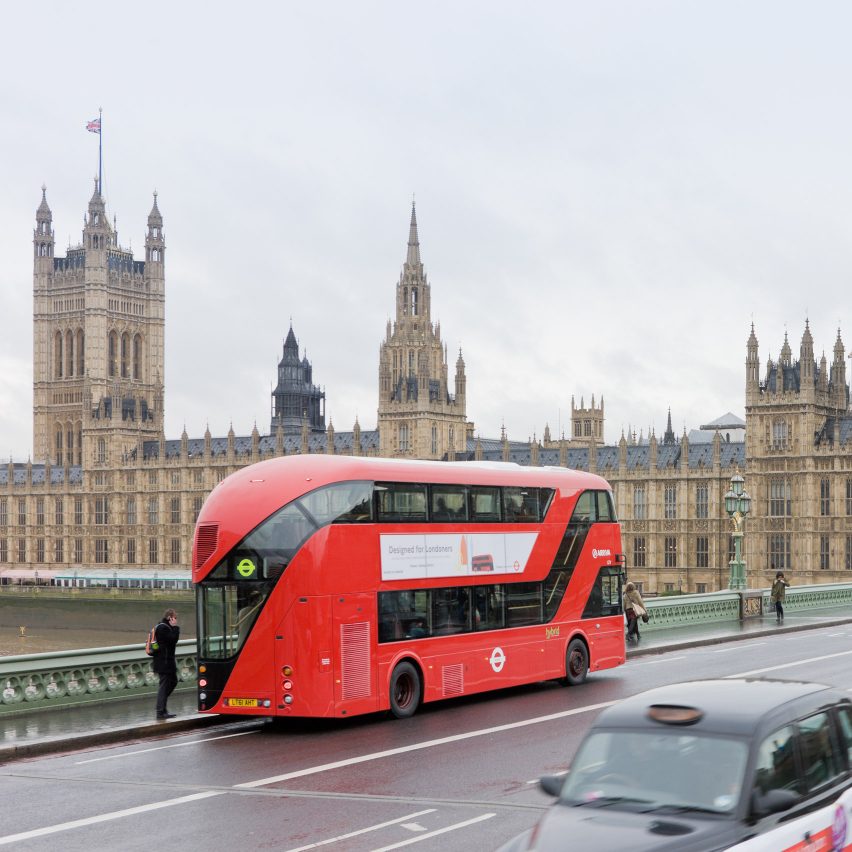
The Tree of Trees installation for the Platinum Jubilee is just the latest project by British designer Thomas Heatherwick to trigger controversy. Here are eight of his most divisive projects.
Trained as a designer rather than an architect, Heatherwick seems to attract disapproval no matter what he does.
His ability to charm prestigious clients into letting him build structures that nobody else would think of or get away with often leaves him open to attack when things go wrong or when the outcome jars with people’s expectations.
Read on for eight Heatherwick projects that riled the critics:
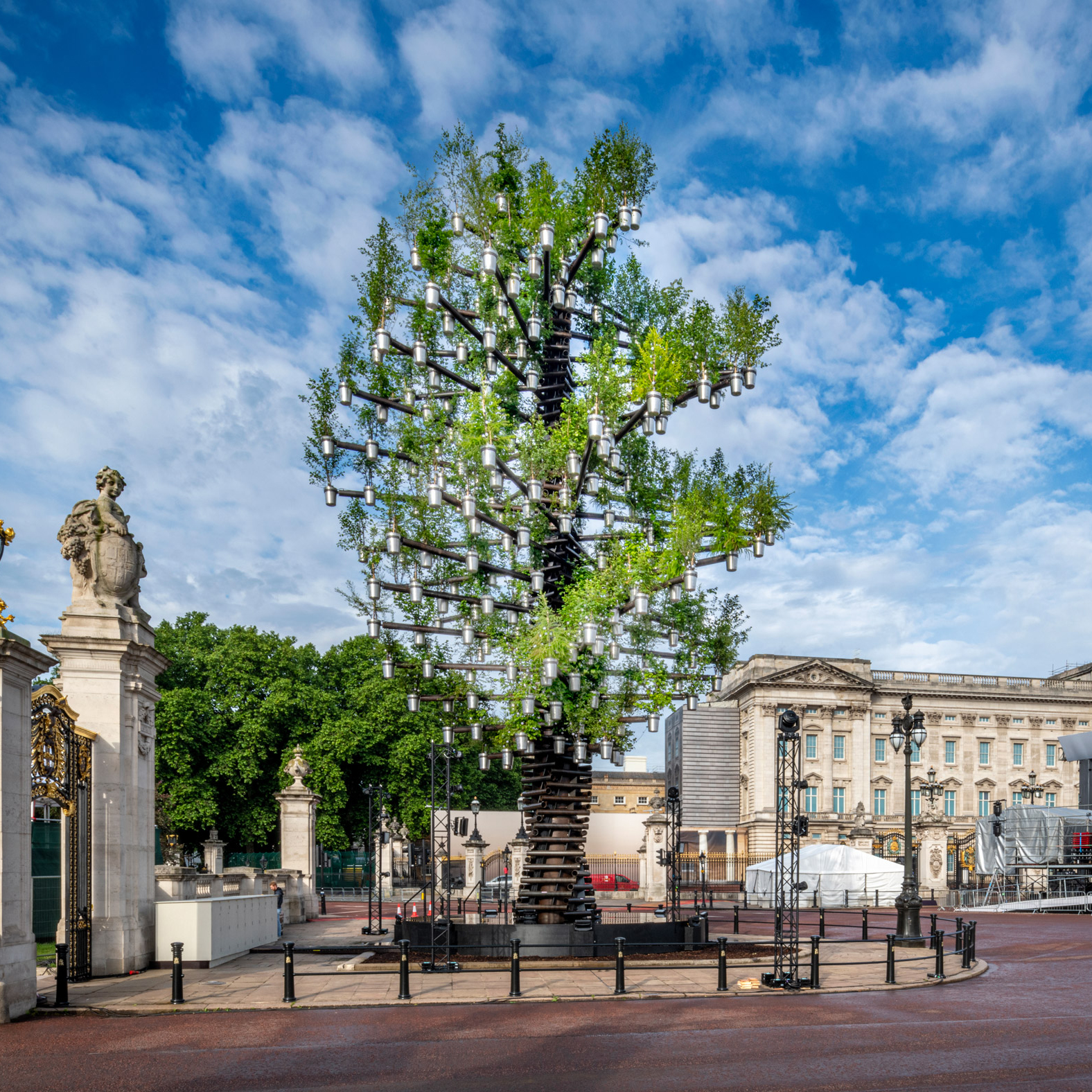
Tree of Trees was commissioned as part of the Queen’s Platinum Jubilee celebrations this month. The temporary 21-metre sculpture outside Buckingham Palace bears 350 small potted trees on its steel-tube “branches”.
Detractors included The Guardian’s architecture and design critic Oliver Wainwright, who branded the tree “a gross misuse of carbon-hungry steel and aluminium and a mistreatment of 350 saplings”.
But in an interview with Dezeen, Heatherwick hit back, saying that the project aimed to highlight the need for more nature in cities.
“Every architect and designer knows that our cities and towns would be hugely impoverished experiences if we don’t support the balancing of the built environment with the natural environment,” he said.
Find out more about Tree of Trees ›
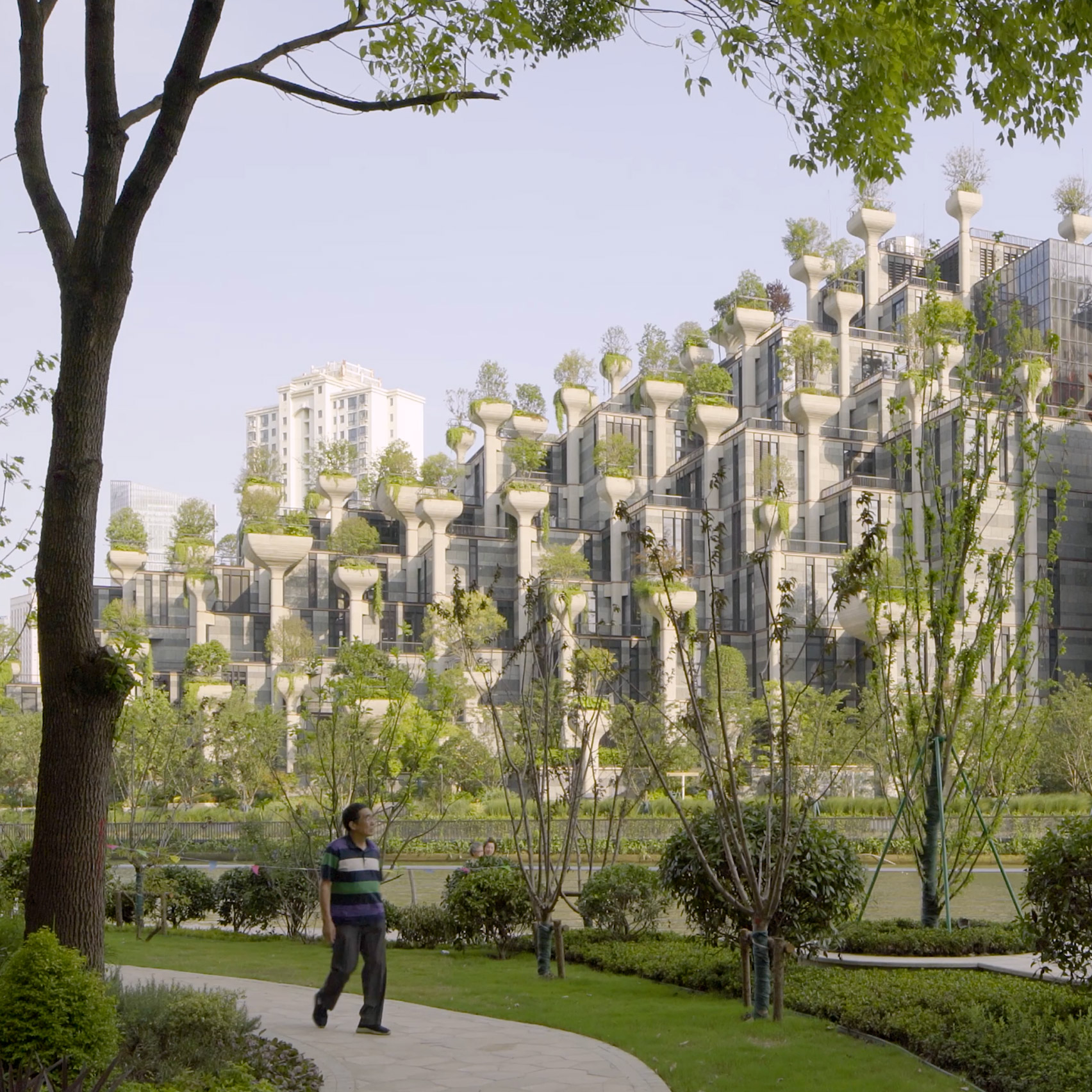
Heatherwick’s 1,000 Trees shopping centre in Shanghai is covered in 250,000 plants and features 1,000 trees placed on top of tall concrete columns.
In an opinion piece for Dezeen, sustainable building expert Philip Oldfield said “nature is relegated to superficial ornament” in the project. He claimed that the embodied carbon of the concrete planters outweighs the environmental benefits of the trees they hold.
Heatherwick defended the project, telling Dezeen that the trees “humanise” the building.
“The integration of plants was in response to the scale,” said Heatherwick. “To me, integrating nature is a very affordable way to get complexity and movement into the facade.”
Find out more about 1,000 Trees ›
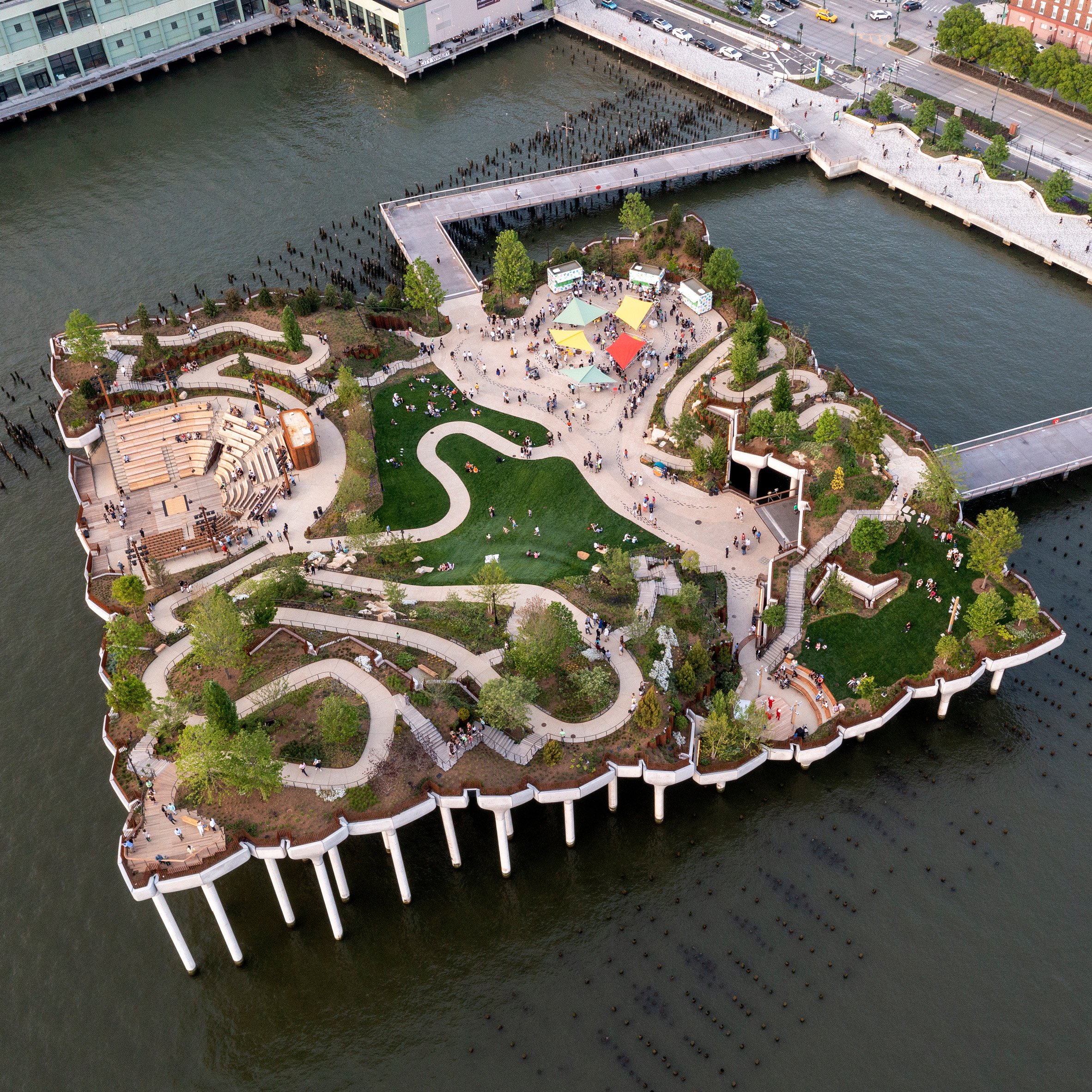
Little Island, New York City (2021)
Little Island is an elevated park and performance venue perched on 132 concrete columns over the Hudson River near Manhattan’s Meatpacking District.
The Architectural Review was scathing of the completed structure, writing that it was “over the top” and amounted to “architectural gaslighting”. Alongside others, it took issue with the fact that the park is privately owned and paid for by billionaire businessman Barry Diller.
But Heatherwick said that private investment can make up for a lack of bold public-sector projects.
“Cities themselves have lost the confidence to create projects,” the designer told Dezeen. “The governments and councils are not commissioning it. So it is in the hands of private organisations to be making the public space that we use.”
Find out more about Little Island ›
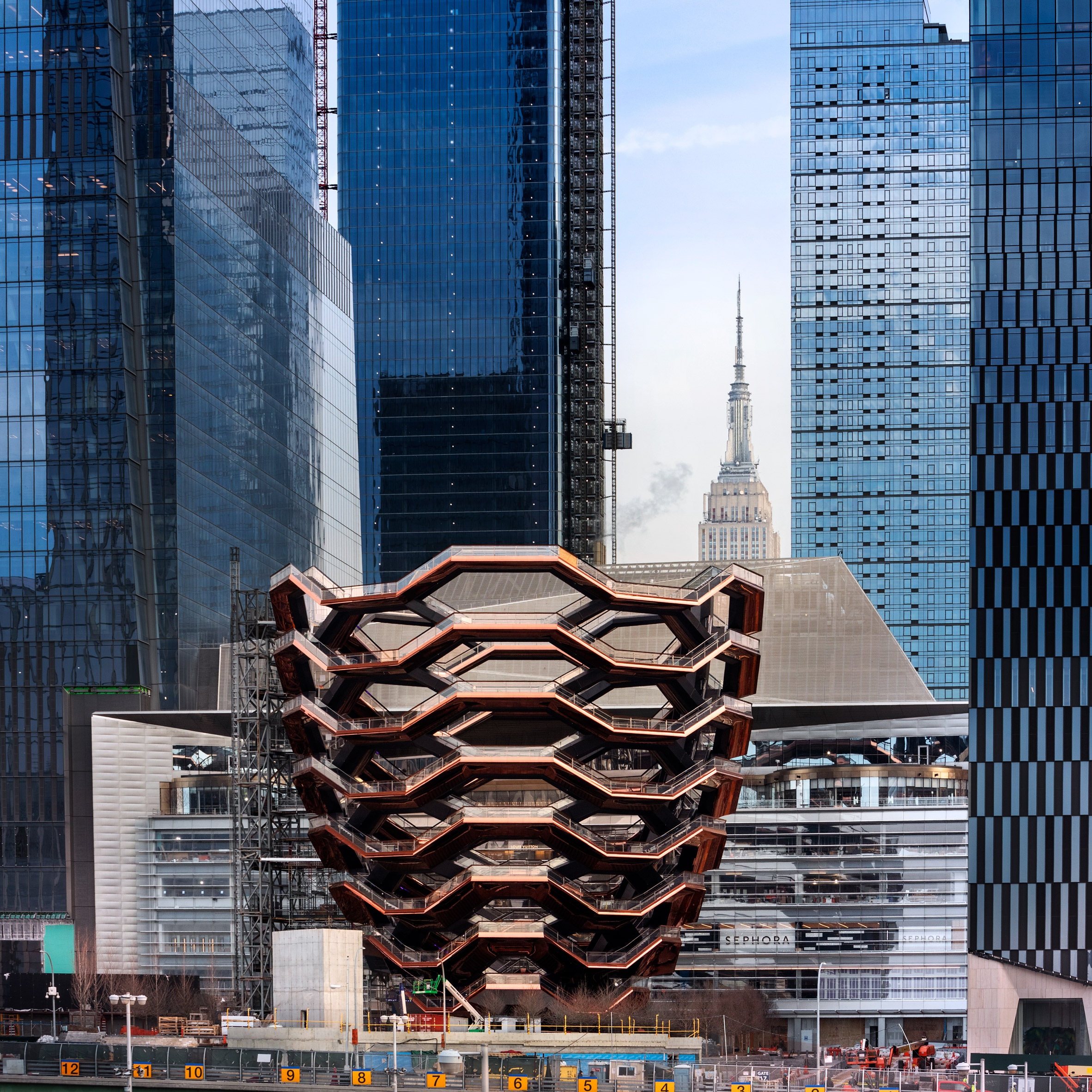
This giant pine-cone-shaped visitor attraction consisting of interconnected escalators in the Hudson Yards development also came in for criticism over the fact that it is privately funded.
Some were particularly irked after it emerged that the company that runs the structure initially planned to retain the rights to any photos taken of it by visitors.
In a withering opinion piece for Dezeen, design critic Alan G Brake called Vessel “a piece of urban costume jewellery, a gawdy bauble without purpose beyond shallow adornment”.
Heatherwick defended the project’s funding in a talk with Dezeen, saying: “It’s fine to not like it. But the thing that should be appreciated is the ambition of people to say ‘yes’ to making ideas really happen.”
Vessel has been closed for nearly a year after a spate of suicides, with four people jumping to their deaths from the 16-storey viewpoint.
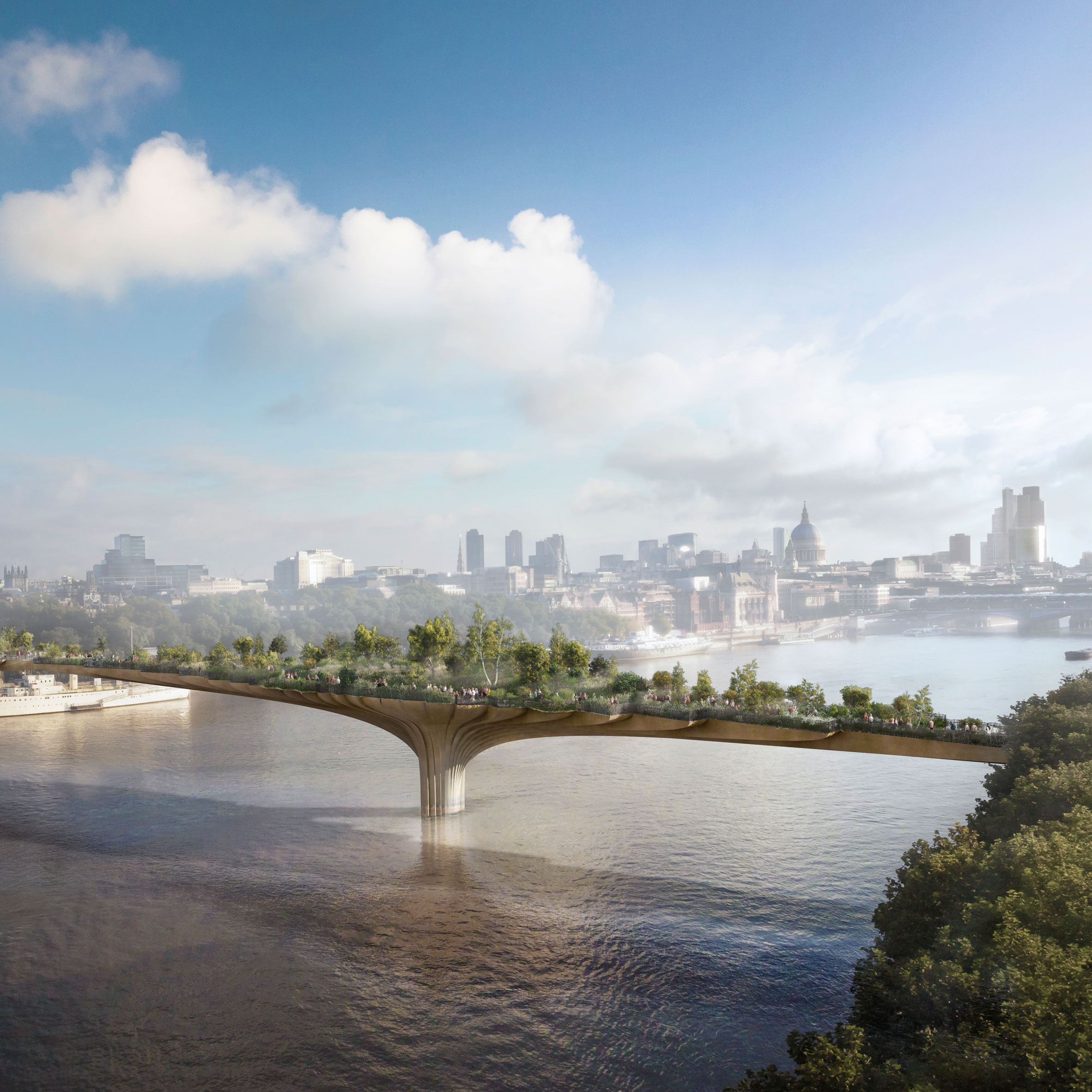
Garden Bridge, London (never built)
The Garden Bridge was announced in 2013 as a verdant, pedestrian-only Thames crossing between Temple and South Bank in London.
It was championed enthusiastically by Boris Johnson, then mayor of London and now UK prime minister, but later ditched by current mayor Sadiq Khan due to spiralling costs, though not before costing the taxpayer around £46 million.
The selection of Heatherwick was controversial, with Transport for London (TfL) and the Royal Institute of British Architects questioning whether the process was fair.
Architecture critic Owen Hatherley wrote on Dezeen that the Garden Bridge “managed to be offensive on so many levels”.
Ahead of the decision to scrap the bridge, Heatherwick defended the project despite the cost overruns.
“Money has been spent to get this far,” he said. “It is ready to go, and it is important that our society doesn’t show that we suddenly have no confidence in ourselves.
“There’s all sorts of people who want to get their little agenda [through],” he added. “How can it possibly be a bad thing to stitch the city together better, to create new public space that we have never had before, new views for all of us.”
Find out more about the Garden Bridge ›
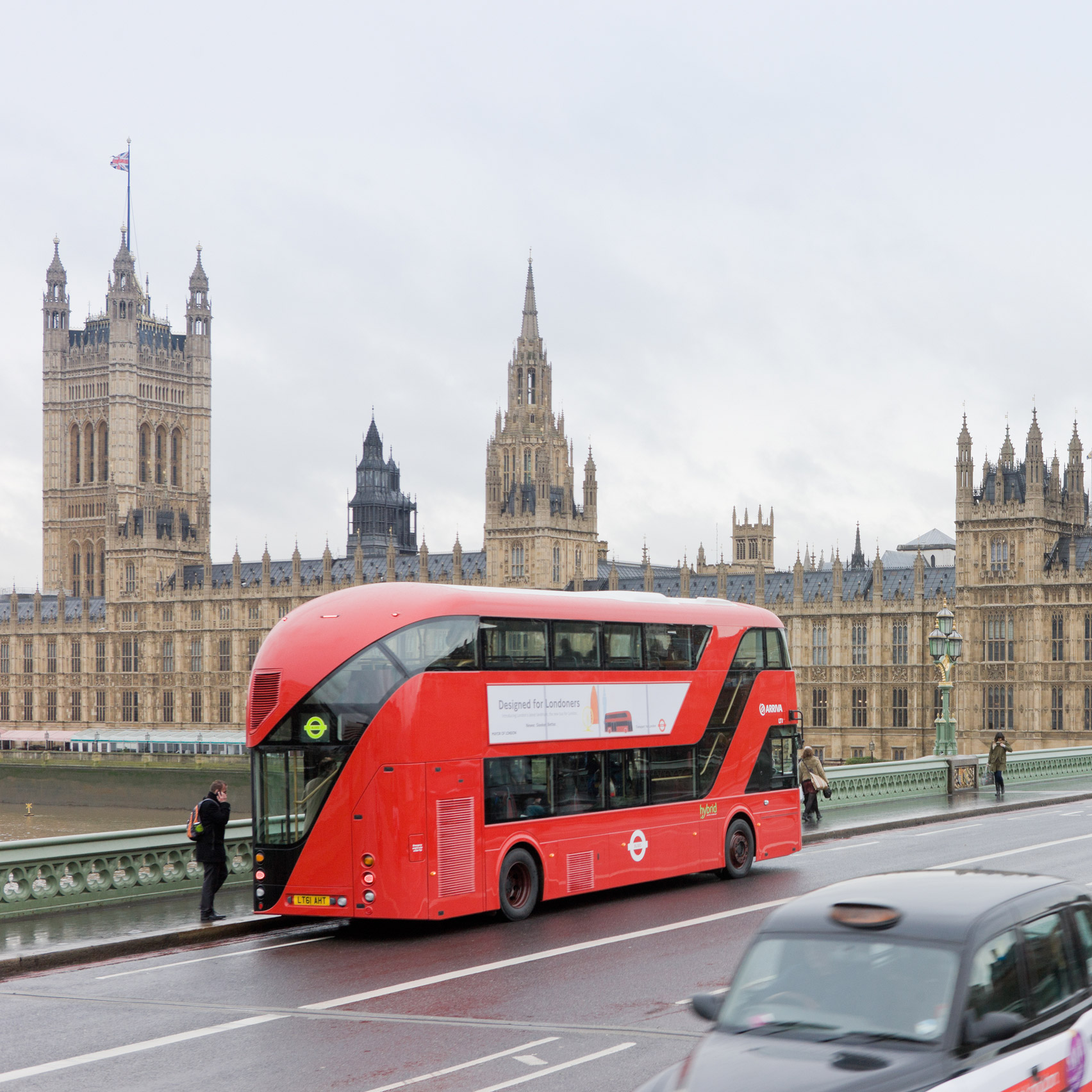
New Routemaster, London (2010)
Former London mayor Boris Johnson also controversially awarded Heatherwick a commission to design a new double-decker bus for London, first unveiled in 2010.
Once the buses came into service, passengers started to complain of high temperatures, with the upper decks reaching more than 30 degrees Celsius. That led to TfL adding opening windows, as Heatherwick had originally prescribed.
Mayor Khan stopped orders of the expensive vehicles as part of a cost-cutting drive after just 1,000 of them were produced.
“My studio’s passion has always been the passengers’ experience and if our New Routemaster has made people expect more from all buses, then we’re happy,” said Heatherwick before his design was scrapped.
Find out more about the New Routemaster bus ›
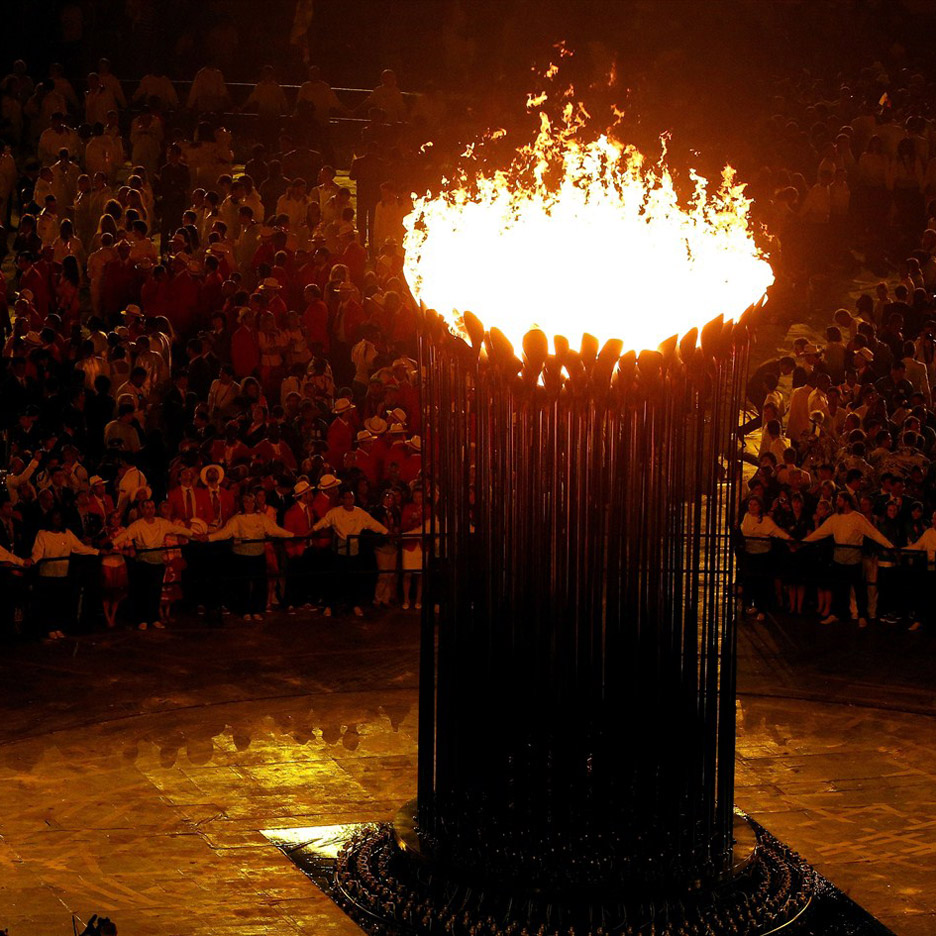
Olympic Cauldron, London (2012)
Heatherwick’s London 2012 Olympic Cauldron consisted of 204 flaming copper “petals” mounted on tubes that mechanically rose up to form a cluster symbolising the coming together of athletes from around the world.
The design was met with widespread praise, although some were unhappy with the decision to position the cauldron inside the Olympic Stadium, out of sight for most visitors to the Olympic Park.
But the real controversy came when New York design studio Atopia argued that Heatherwick’s cauldron “looked identical” to a design it purportedly presented to the London Olympic committee in 2007.
Heatherwick responded fiercely, strenuously denying any knowledge of the Atopia proposal and calling suggestions that it influenced his design “spurious nonsense”.
Atopia later said it “never accused Thomas Heatherwick of plagiarism” and that its belief was that the London Olympic organising committee had been inspired by its “narrative scenario”.
The matter was eventually settled out of court between Atopia and liquidators for the organising committee.
Find out more about the London 2012 Olympic Cauldron ›
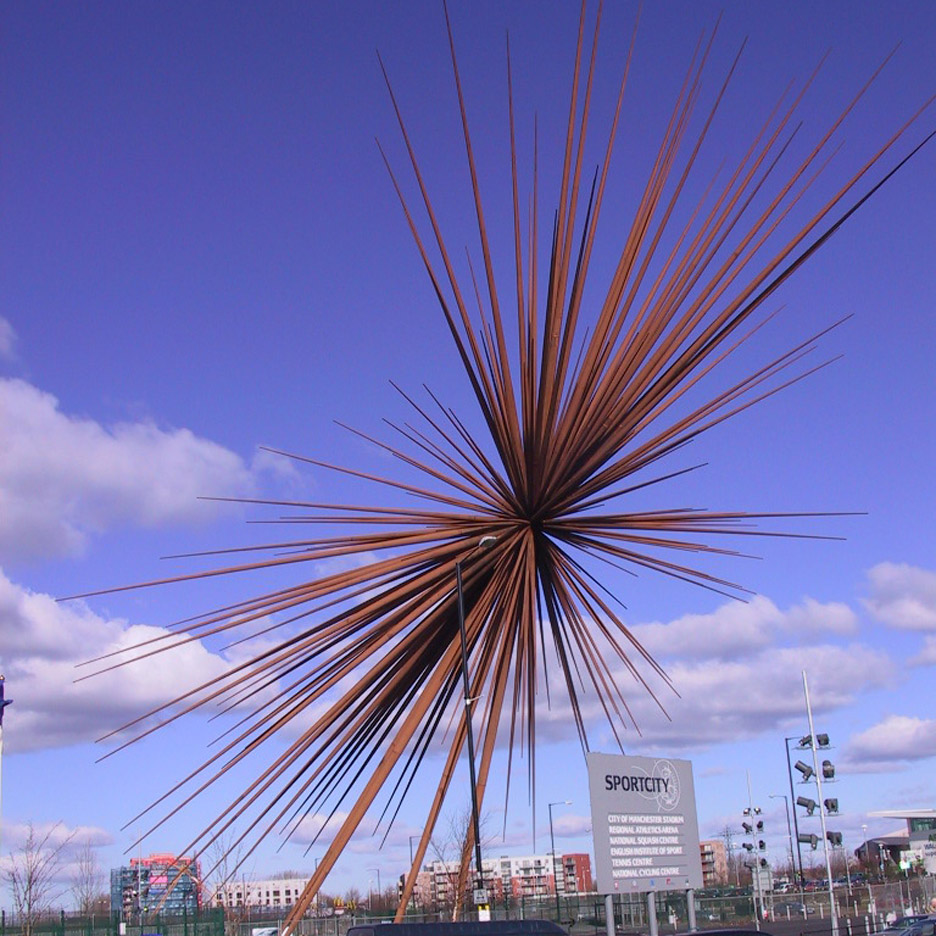
B of the Bang, Manchester (2005)
One of Heatherwick’s earliest projects, B of the Bang was a 56-metre-tall artwork commissioned to mark the fact that Manchester hosted the 2002 Commonwealth Games. It was made up of 180 steel spikes resembling a giant exploding firework.
Shortly before the sculpture’s delayed unveiling in January 2005, one of its two-metre spikes fell to the ground. Four months later, a second was removed by firefighters after it was found to be loose, and the structure was closed off to the public.
After welding defects caused by wind were discovered in the structure, Manchester City Council sued Heatherwick Studio and its subcontractors, with the firms ultimately agreeing to pay £1.7 million in an out-of-court settlement in 2008.
“Heatherwick is an original thinker and this setback shouldn’t prompt people to write him off,” wrote the BBC’s arts correspondent Razia Iqbal at the time.
In 2009 the structure was dismantled, with the core later sold as scrap for £17,000 and the spikes reported to be lying in storage as of 2018.
The post Eight of Thomas Heatherwick's most controversial projects appeared first on Dezeen.
